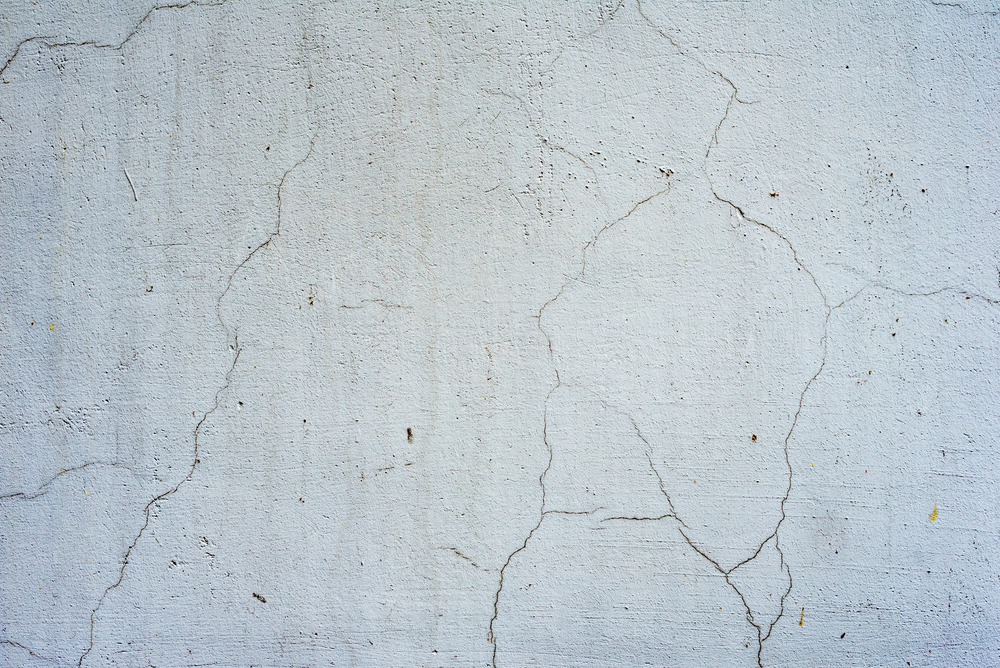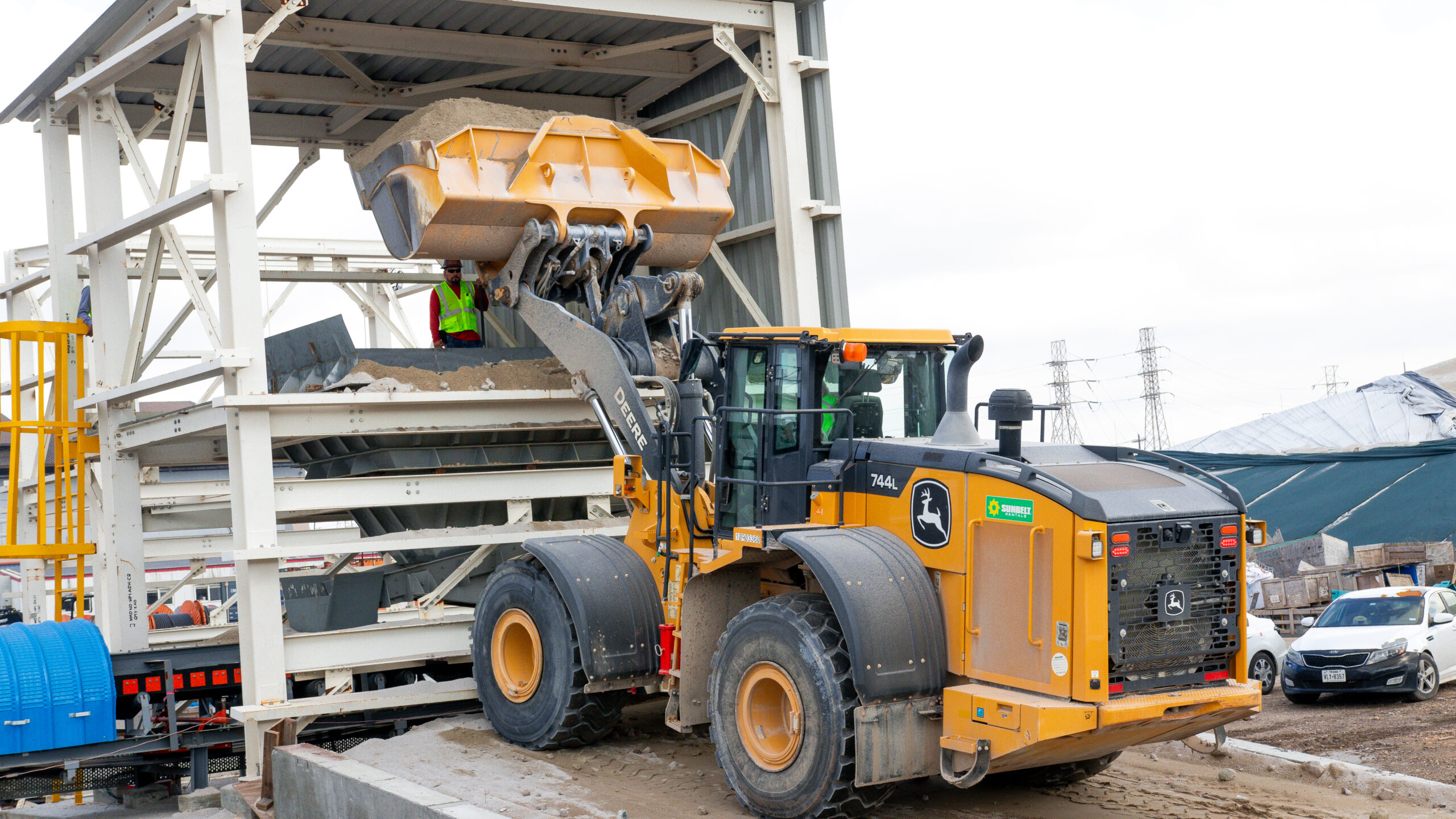Slag cement significantly reduces the permeability of concrete by increasing the formation of calcium-silicate hydrate (C-S-H), the compound responsible for providing strength and cohesion in the cement paste. Typically, when portland cement hydrates, it forms both C-S-H and calcium hydroxide (Ca(OH)₂). However, the presence of Ca(OH)₂ contributes to higher permeability in concrete.
By incorporating slag cement into the concrete mixture, the calcium hydroxide reacts with slag cement to produce more C-S-H, effectively lowering permeability. The result is a denser and more durable concrete structure, better equipped to resist the ingress of water and harmful chemicals. Generally, substituting between 25% to 65% of slag cement for portland cement achieves concrete with significantly reduced permeability.
Note: The higher the percentage of slag cement in a concrete mixture, the lower the permeability of the concrete, contributing to greater long-term durability and resistance to environmental factors.
Mechanism of Permeability Reduction
The integration of slag cement into concrete mixtures initiates a pozzolanic reaction where calcium hydroxide, a byproduct of cement hydration, reacts with the amorphous silica in slag to form additional C-S-H. This process refines the pore structure, reducing the size and connectivity of capillary pores, thereby decreasing permeability.
A denser microstructure limits the movement of water and aggressive ions, such as chlorides and sulfates, into the concrete matrix. This enhancement is crucial for structures exposed to harsh environmental conditions, where durability and longevity are paramount.
Benefits in Aggressive Environments
Concrete structures in marine environments, industrial settings, or areas with deicing salts are particularly susceptible to chloride-induced corrosion and sulfate attacks. Slag cement’s ability to reduce permeability offers significant protection in these scenarios.
By minimizing the ingress of harmful ions, slag cement extends the service life of reinforced concrete structures, reduces maintenance costs, and enhances overall structural integrity.
Supporting Research and Standards
Studies have demonstrated that concrete mixtures with higher percentages of slag cement exhibit lower permeability and improved resistance to chemical attacks. For instance, research indicates that incorporating 50% to 65% slag cement can significantly enhance durability properties, making it a preferred choice for infrastructure projects requiring long-term performance.
These findings align with industry standards and recommendations, which advocate for the use of slag cement in environments where enhanced durability is essential.
Sathi USA’s Commitment to Durability
At Sathi USA, we are dedicated to providing high-quality slag cement that meets the rigorous demands of modern construction. Our products are designed to enhance the durability and sustainability of concrete structures.
For more information on how our slag cement can contribute to your project’s success, visit our Sustainable Construction Materials page.




